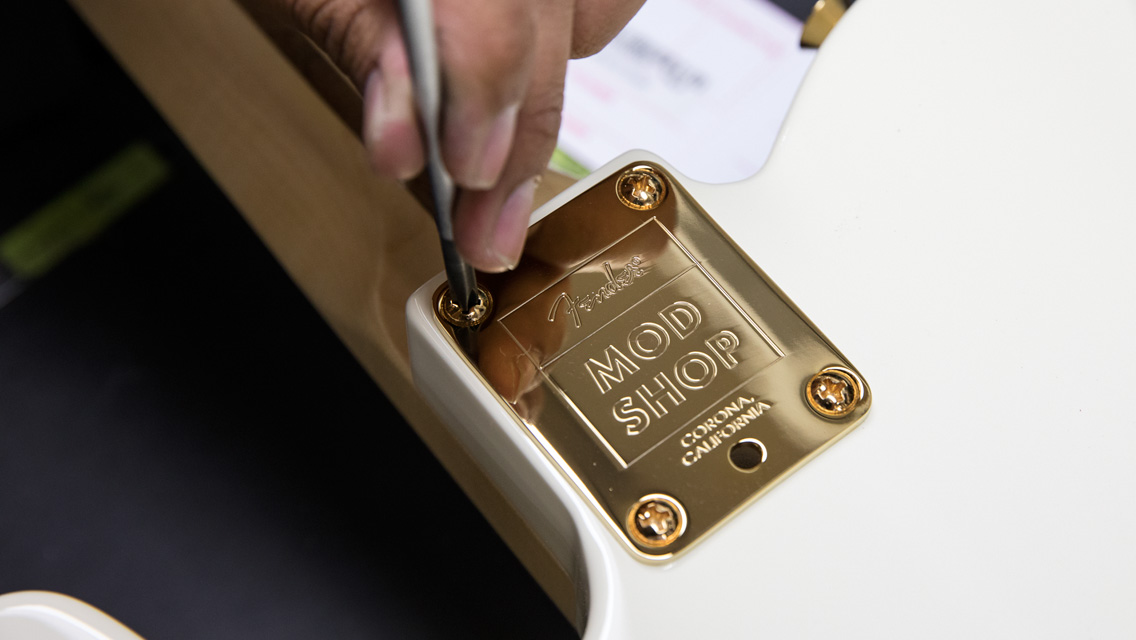
Sections
They go by many names … machine heads, tuning pegs, tuning keys.
But no matter what you call them, those little knobs play a huge role in how your guitar or bass performs.
The reason your instrument has tuning keys in the first place is to give you the ability to easily adjust string tension.
A single tuning peg consists of a cylinder that sits in a pinion gear with a worm drive connecting them. By threading the string through the cylinder, you can tighten or loosen it by turning the tuning knob.
Many guitarists also use locking tuners, especially if they have a tremolo bridge or vibrato arm. Instead of winding the strings around a traditional tuner, they lock the string in place on the post, eliminating potential string slippage because you don’t need to wind the string more than once.
In addition, some guitars with six-in-a-row tuning pegs—like the ones found on most Fender models—have tuners with staggered posts. Typically, staggered tuners give the B and high E strings the shortest height, the G and D strings fall in the middle, and the low E and A strings are the tallest, removing the need for string trees.
No matter what type of tuning pegs you prefer, they are a good place to start troubleshooting when your instrument goes out of tune.
Here’s why:
The strings may not be wound tight enough around the tuning peg. This will cause the strings to go flat as you play.
The gears inside the tuning machines wear down from the immense string tension, which can cause them to give. Gears can also strip or skip teeth, which simply means they need replacing.
The tuners are not anchored tightly onto the back of the headstock, which affects tuning stability.
At the end of the day, the tuning keys should not be overlooked. Proper maintenance to this rather innocuous part of the guitar will keep you sounding your best.
Don’t miss out!
Be the first to know about new products, featured content, exclusive offers and giveaways.


